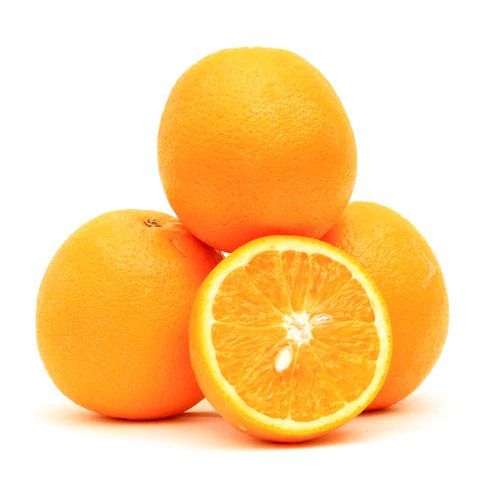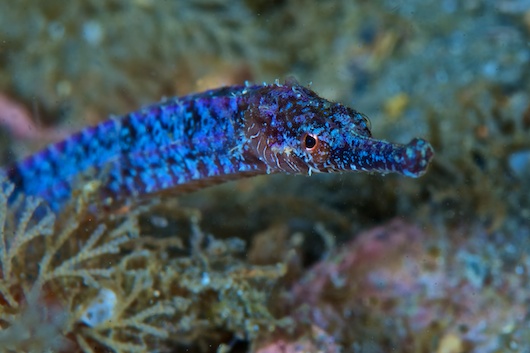
A buoyancy control device includes an input means for a second rate of ascent. You may select the second rate by using the input means 81. This may also be known as a rate selection button. The second rate may also be selected by ignoring the first one. Depending upon the circumstances, a buoyancy device may include many different features. The buoyancy controller device in one embodiment comprises a buoyancy tanks and a belt.
Weight belts
Although the centre buoyancy of a diver may be out of the diver’s control, it is possible to adjust the suit’s weight and position on the cylinder. In addition, weight belts and integrated BC weights can provide divers with additional control over their buoyancy. To maintain a neutral trim, the buoyancy control device should be worn at your waist, above your hips and below you knees.

Dump valves
Two ways can a BCD control your buoyancy. The air bladder can be completely deflated or you can add more air to it. The dump valves, which are usually attached to a string, help control the air level. BCDs typically have one to two dump vales on each shoulder. When diving, you can use the dump valves to deflate the air bladder to maintain a comfortable buoyancy.
Jacket-style buoyancy control device
You might want to consider a jacket-style buoyancy controlling device (BCD), whether you are just starting out or have been diving for a while. Many BCDs are designed to fit comfortably over the swimsuit, so the weight will stay in place. Some models have front and rear weight pockets, while others have rear trim pockets. These pockets allow you to easily access your weights. A jacket-style BCD has a cushioned hard back that makes wearing it comfortable and allows you to easily adjust its buoyancy gauges.
Attachment systems in BC
A BC is a type dive vest that scuba divers wear to keep their buoyancy high and prevent them from sinking. The BC holds the diver, SCUBA tank and other equipment securely in place. Although BCDs are similar, the design and functions may differ from one model to another. It is crucial to learn how to properly use your BC and to have a backup plan in the event of a malfunction.

Pneumatic valves allow for the control of depth.
Pneumatic pumps are central to most industrial processes. They control the flow fluids using a forcebalance principle. A pneumatic valve has three ports: an air supply, a control signal output, and an exhaust. A lever arm is placed above the device that must be controlled. It has a flexible diaphragm, which changes the pressure when an external sensor moves it. The left end of the lever arm lifts when the sensor's pressure is high and opens the supply valve. The controlled device becomes more mobile when the pressure increases.